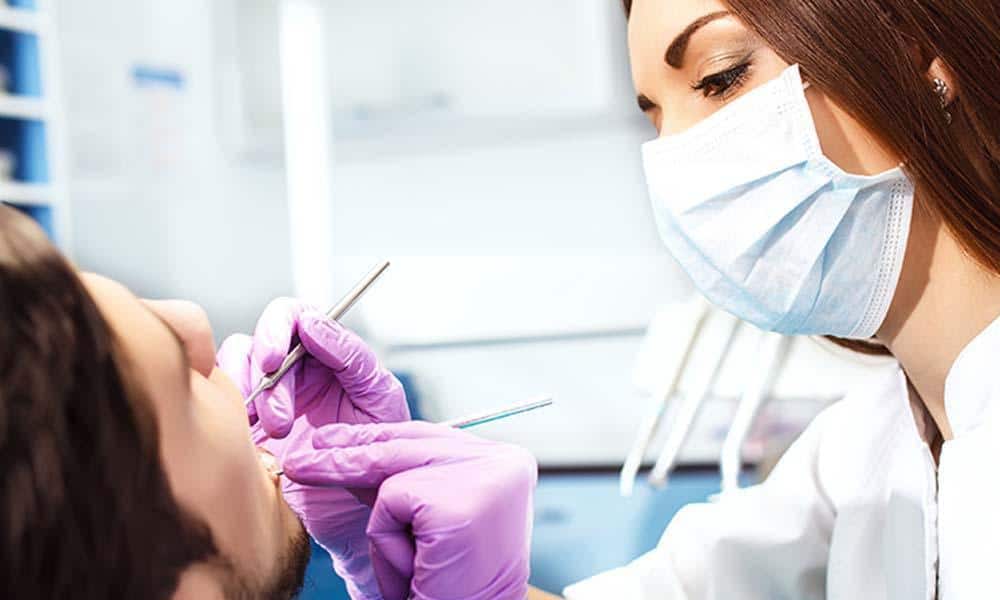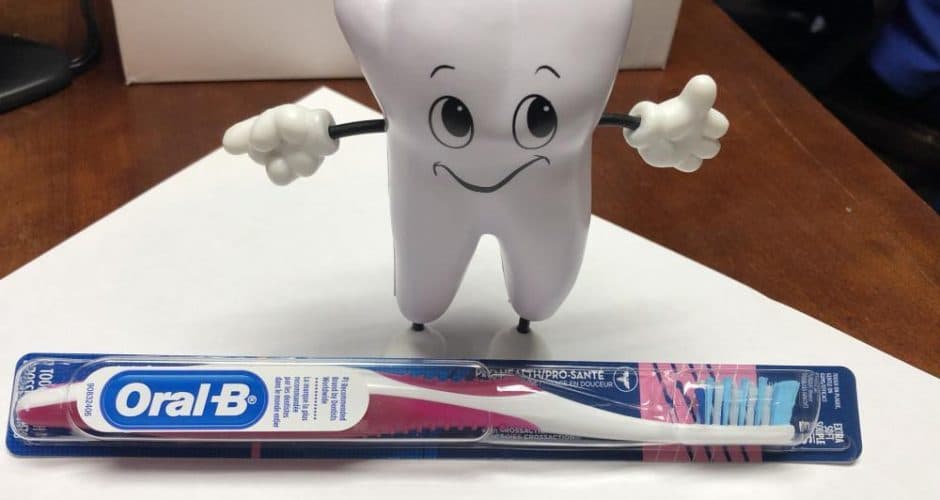
Scaling and Root Planing
October 27, 2017
Guide to Crown Lengthening
October 14, 2018Many people wonder which is better: a traditional, manual toothbrush or an electric toothbrush? Although they have their differences, both manual and electric toothbrushes are equally effective—if you brush your teeth thoroughly for two minutes, twice a day.
Below, we compare the manual vs. electric toothbrush to help you make the best choice for your smile.
[Related: Is Flossing Really That Important?]
What Are The Benefits of a Manual Toothbrush?
A manual toothbrush is the classic tool many of us grew up with. It consists of a simple handle and bristle head, and gives you full control over pressure, speed, and technique.
Advantages of manual toothbrushes include:
- Affordability – They’re less expensive than electric toothbrushes.
- Travel-friendly – No batteries or chargers needed.
- Gentle control – Ideal for those with sensitive teeth or gums, as you control the pressure and motion.
- Widely available – Easy to find in stores or dental offices.

What Are The Benefits of an Electric Toothbrush?
If you have good brushing habits, a manual toothbrush can be just as effective as an electric one.
Electric toothbrushes can be charged or plugged in to automatically spin and vibrate the bristles on the head of the brush.
Why choose an electric toothbrush?
- Improved plaque removal – The rotating bristles help dislodge more plaque, especially in hard-to-reach areas.
- Helpful for limited mobility – Ideal for individuals with arthritis, carpal tunnel, or reduced dexterity.
- Built-in timers – Many models pulse or stop after two minutes, encouraging thorough brushing.
- Great for kids – Encourages independence and fun while brushing.
If you’re looking for ease of use and extra features, an electric toothbrush might be worth the investment.
[Related: New Year’s Resolutions for a Happy and Healthy Smile]
Avoid Excessive Brushing
In conclusion, whichever type of toothbrush you decide to use, remember that excessive brushing with a manual or electric toothbrush has its risks.
Excessive brushing can abrade:
- Tooth structure
- Recede gingival tissue
- Cause teeth to become hypersensitive to hot and/or cold
Contact Cascadia Dental Specialists Today!
Still unsure whether a manual or electric toothbrush is best for you? The team at Cascadia Dental Specialists is here to help.
We’ll evaluate your oral health needs through regular cleanings and exams! Contact us today at Cascadia Dental Specialists.





